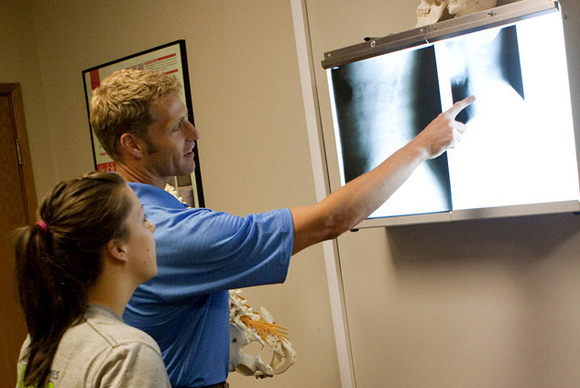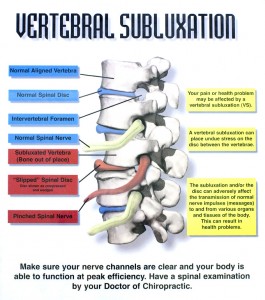 A Brief History of Chiropractic
A Brief History of Chiropractic
The first recorded chiropractic adjustment was performed on September 18, 1895, by Dr. Daniel David Palmer, a Canadian-born teacher and healer. Dr. Palmer was, at the time, studying the cause and effect of disease. His patient was Harvey Lillard, a janitor working in the same building as Dr. Palmer in Davenport, Iowa. Mr. Lillard, who had complained of hearing problems for over 17 years, allowed Dr. Palmer to examine his spine. Dr. Palmer discovered a “lump” on Mr. Lillard’s back and suspected that a vertebra might be out of place, which he then repositioned the vertebra with a gentle thrust. After several such treatments, much of Mr. Lilard’s hearing was restored.
Since Dr. Palmer’s first chiropractic adjustment, the art and science of chiropractic has progressed significantly. Today, advanced diagnostic procedures, sophisticated equipment, scientific research, and the growing acceptance among other health care professionals makes chiropractic a popular health care choice.
Chiropractic Philosophy
The chiropractic perspective on health and disease emphasizes two fundamental concepts:
- The structure and condition of the body influences how the body functions and its ability to heal itself
- The mind-body relationship is instrumental in maintaining health and in the healing processes.
Although chiropractic shares much with other health professions, its emphasis and application of philosophy distinguishes it from modern medicine. Chiropractic philosophy gravitates toward a holistic (“total person”) approach to healing which combines elements of the mind, body and spirit and maintains that good health depends on obedience to natural laws and that deviation from such laws can result in illness.
The ABCs of Subluxations
 Vertebral subluxations are displacements of the spinal bones (vertebrae) that can cause stress to your spinal cord and nervous system. Subluxations may be caused by poor sleeping habits, poor posture, strenuous exercise, injuries, auto accidents, sports injuries, slips or falls, and in some cases, the birthing process itself.
Vertebral subluxations are displacements of the spinal bones (vertebrae) that can cause stress to your spinal cord and nervous system. Subluxations may be caused by poor sleeping habits, poor posture, strenuous exercise, injuries, auto accidents, sports injuries, slips or falls, and in some cases, the birthing process itself.
Chiropractic adjustments are very helpful in correcting subluxations and restoring optimal health.
Widespread Use of Chiropractic Care
The increasing interest in alternative forms of care has caught the attention of several health associations and government agencies. A 1993 study in the New England Journal of Medicine reported that “The estimated number of visits made in 1990 to providers of unconventional therapy was greater that the number of visits to all primary care medical providers nationwide,” and chiropractic was among the most frequently used non-medical therapies.
Healthy Tips for a Healthy Spine
The following tips can help you take better care of your spine:
- Make sure you have a firm mattress that keeps the spine aligned and supports the spine’s natural curve. The best sleeping positions are on your back or side.
- When standing for extended periods, rest one foot on a small stool to maintain spinal curvature and relieve pressure. The knees should be bent when bending forward. Low-heeled shoes may help by maintaining spinal curvatures and cushioning your weight.
- Use chairs that promote good posture and support your back. Placing a lumbar support in the lower portion of your back may help support your spine’s natural curve. Readjust the seat of your car so that your knees are level with your hips.
- When bending forward, bend at the knees and hips, but keep your back straight. This will help to keep your spine’s curvature in proper alignment. When lifting, keep your spine straight while using your legs to do most of the work. Hold the objects being lifted close to your body to keep the weight on your spine to a minimum.
